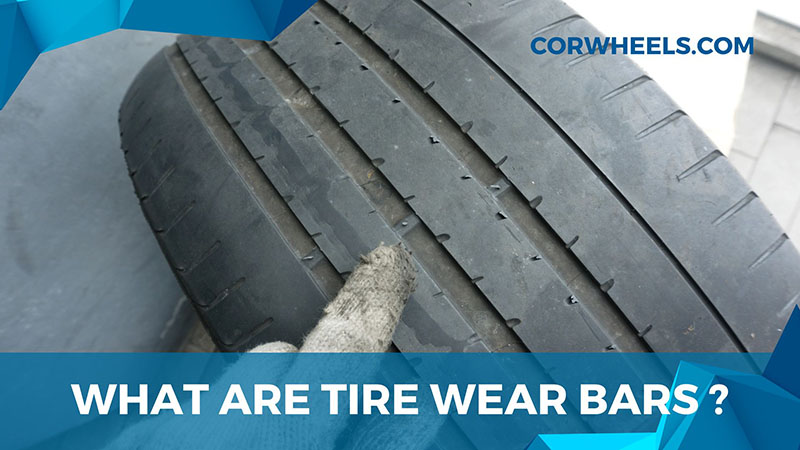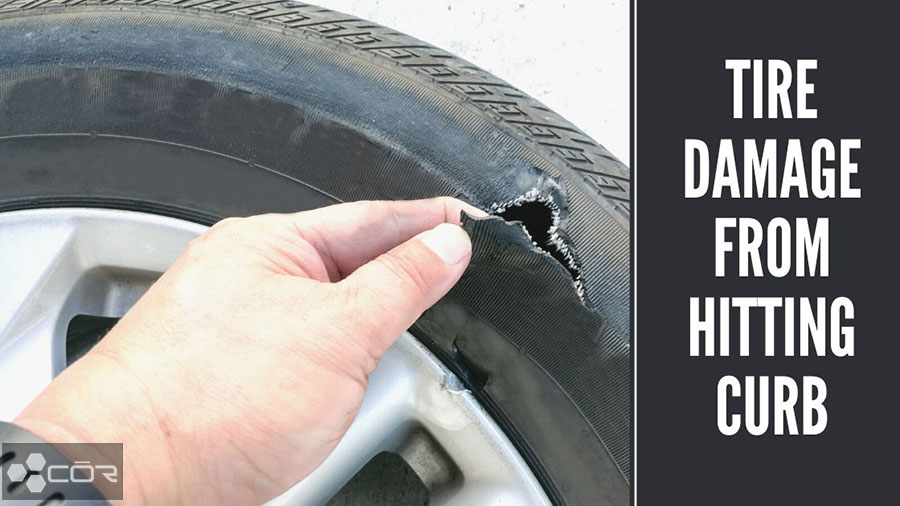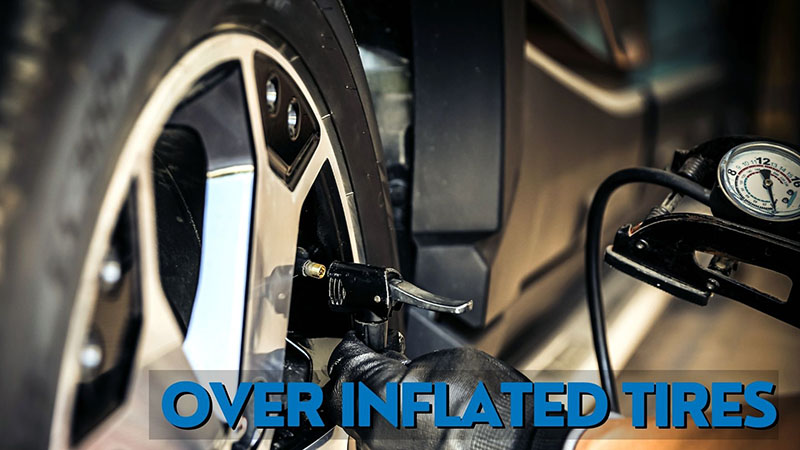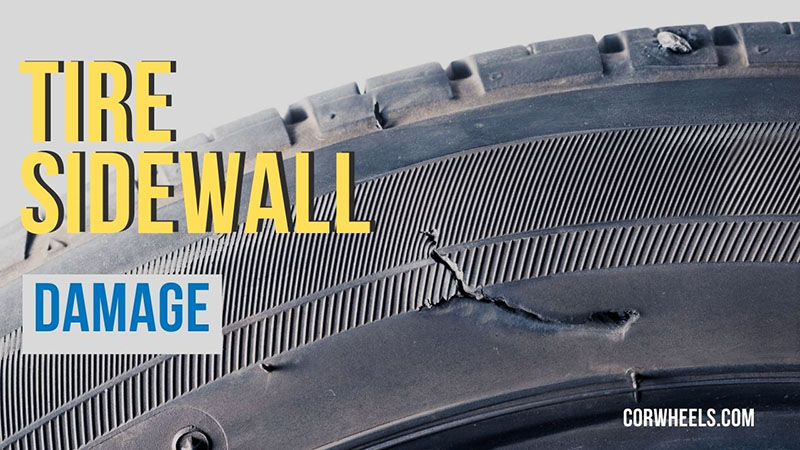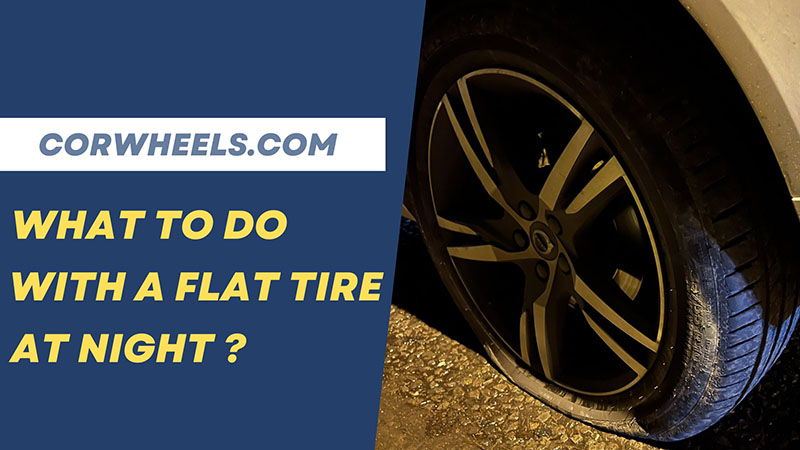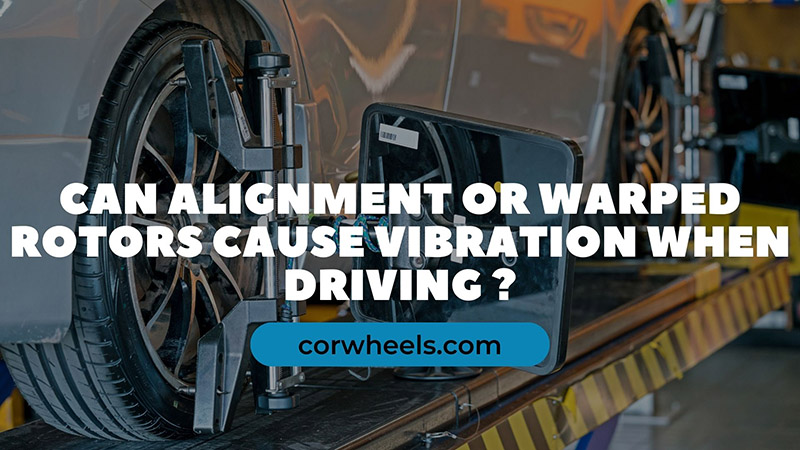As a responsible driver, it’s essential to understand the importance of tire maintenance and safety. Still, have you ever noticed those small, raised bars on your tires and wondered what they’re for?
I’ll show everything you need to know about these tire wear marks, including what they signify, how to locate them, and why paying attention to them is essential for maintaining optimal tire performance.
In this article:
What Do Wear Bars On Tires Mean?
Wear bars, or tread wear indicators, are the raised marks in the tire grooves, showing the lowest point the tread can wear down to, normally at 2/32 inch. Tires with tread below these bars are not safe to drive and need to be replaced.
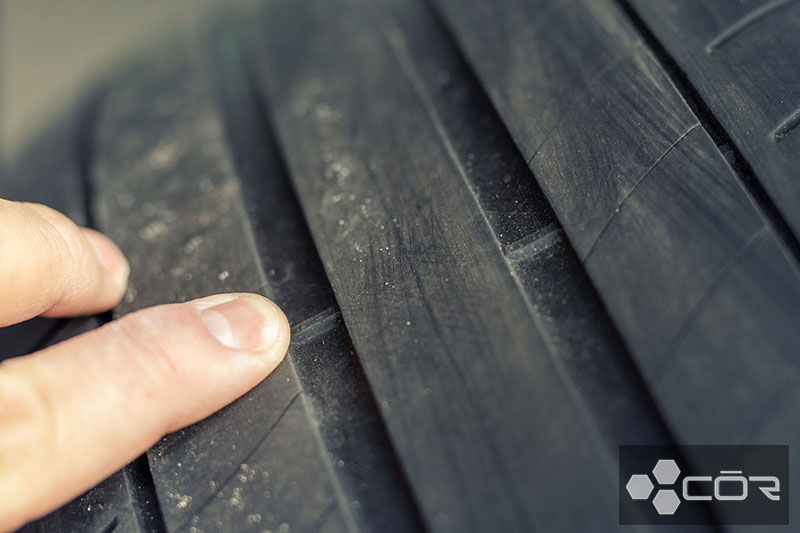
The wear bars are strategically placed by tire manufacturers to serve as an early warning system, alerting you to the need for tire replacement.
Ignoring the wear bars and continuing to drive on worn-out tires can lead to reduced traction, poor handling, and an increased risk of hydroplaning.
Where To Find Tread Wear Bars?
These small raised bars are strategically placed in the tread grooves or between tire ribs. Look closely at the tread pattern, and you will notice small, evenly-spaced horizontal bars (compared to the pattern) along the grooves.
They are usually made of a different material or color than the rest of the tread, making them easier to identify.
Ribs are elevated bodies that run parallel to the tire’s surface and are constructed from tread blocks. Every tread rib has a deep groove running through it. When measuring remnants of tread depth, take into account how high the top of the rib is relative to the groove’s bottom.
Blocks of tread wear depth are located in the groove between the ribs. These rubber blocks join the tread blocks from several ribs and protrude over the groove’s bottom.
How To Read Tire Wear Indicator
When the tread wears down and evens out with wear bars, your tires have reached their minimum safe tread depth and need to be replaced. If the bars are still visible and not level with the surrounding tread, your tires are in good condition.
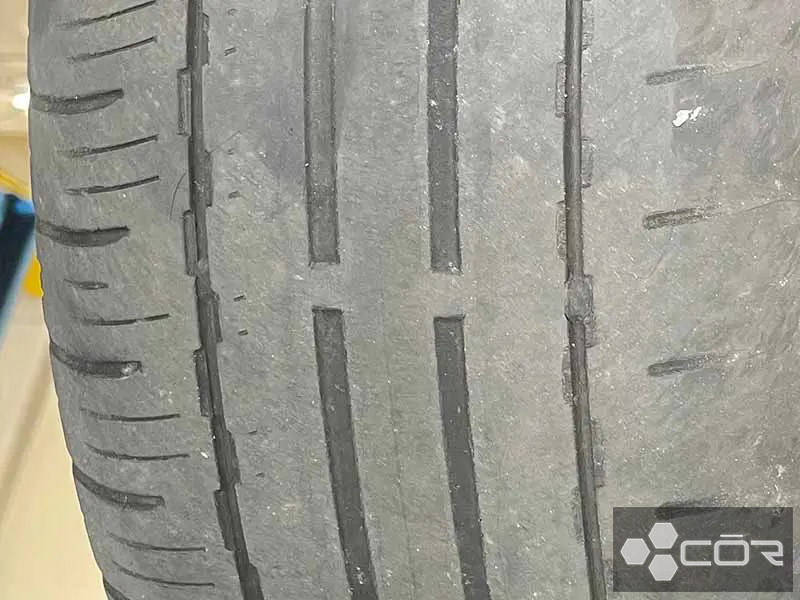
Reading tire wear indicators is an important skill for every vehicle owner or driver. Regularly checking the tire wear indicators is a proactive way to ensure your tires provide optimal traction, handling, and safety on the road.
Other Ways To Check Tire Wear Marks
Penny Test
This penny check method is a simple and effective way to gauge the remaining tread depth on your tires.
Step 1: Find a flat area to easily access the tires and ensure the car is parked securely.
Step 2: Start with one tire and repeat the process for the remaining tires individually.
Step 3: Identify the grooves on the tire’s tread pattern where you’ll be placing the penny.
Step 4: Take the penny and insert it into one of the treads grooves with Lincoln’s head facing down.
Step 5: Look at the area around Lincoln’s head on the penny. Pay attention to how much of Lincoln’s head is visible or hidden by the tread.
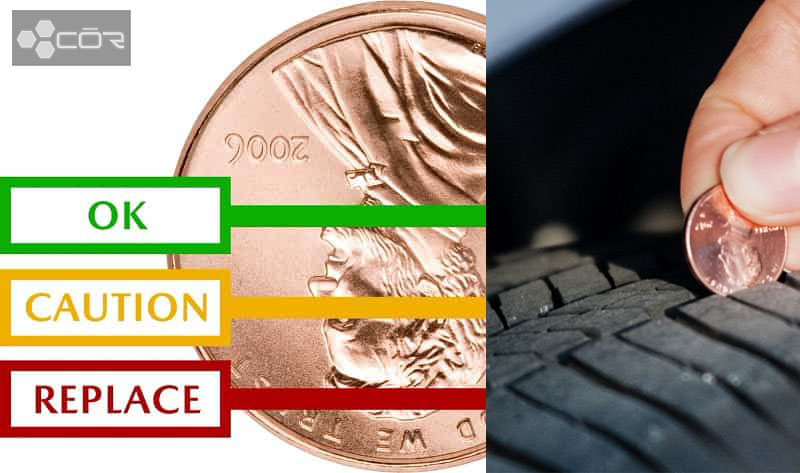
Step 6: The visibility of the penny head helps determine the tread depth. When you can see the top of Lincoln’s head or hairline, the tire tread is worn, indicating the need for replacement.
However, if the tread reaches the bottom of Lincoln’s head or covers it completely, the tire still has sufficient tread depth.
Step 7: Repeat steps 3 to 6 for other tires.
Use A Tread Depth Gauge
Checking tire wear using a tire tread depth gauge is a precise method to measure your tire tread depth.
Step 1: Park your vehicle on a level surface.
Step 2: Place the tread depth gauge or ruler into one of the grooves, ensuring it rests flat against the base of the groove.
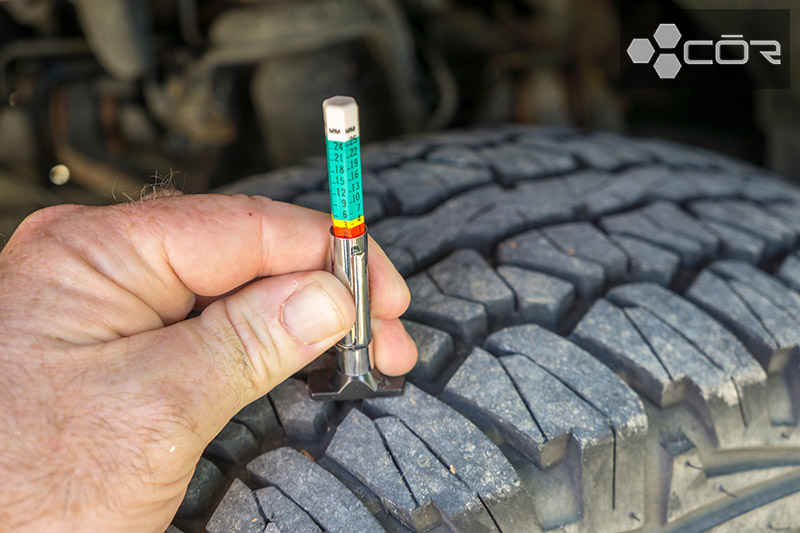
Step 3: Read the measurement indicated on the tread gauge or ruler where the top of the tread intersects with the gauge. If using a ruler, subtract the measurement from the base to determine the tread depth.
Step 4: Compare the tread depth measurement to the recommended minimum tread level specified by the manufacturer. It’s time to replace the tire when the size is at or below 1/16th inch (about 1.6 millimeters).
Step 5: Move on to the remaining tires and repeat steps 2 to 4 for each one, ensuring you check all four tires.
Turn To A Professional
Suppose you don’t have the necessary tools or just simply don’t want to do it on your own; just go to your local auto repair shop and let the professional mechanics handle the rest.
Frequently Asked Questions
Do All Car Tires Have Wear Bars?
Yes, all car tires typically have wear bars. Tire wear bars are a common feature designed by manufacturers to serve as visual indicators of tire wear. When the tread wears down and becomes level with the tire tread bars, it indicates that the tire has reached its minimum safe tread depth and should be replaced.
What Is The Best Bar For Tires?
The best tire bar is subjective and can depend on specific needs and preferences. Still, regarding tire performance, traction, and safety, all-season tires, winter tires, and performance tires are commonly considered among the best options. These are designed to excel in different weather conditions and driving styles.
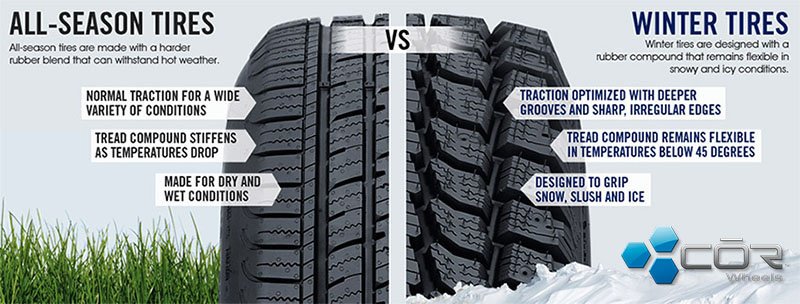
How Much Tire Wear Is Normal?
Typically, the tread depth on new tires is between 8 and 9 millimeters (10/32 and 11/32 inches). The tread will become worn as you drive. Tread depths less than 1.6 millimeters (about 2/32 inches) are considered inadequate for tires. Vehicle control and stopping distance both suffer.
The Bottom Line
The tire tread wear indicator allows you to stay proactive in identifying the right time for tire replacement. Remember that worn-out tires with insufficient tread depth can compromise traction, handling, and overall road safety.
So, pay attention to those small raised bars on your tires and prioritize their maintenance. Your diligence will provide a smoother, safer, and more enjoyable driving experience.

